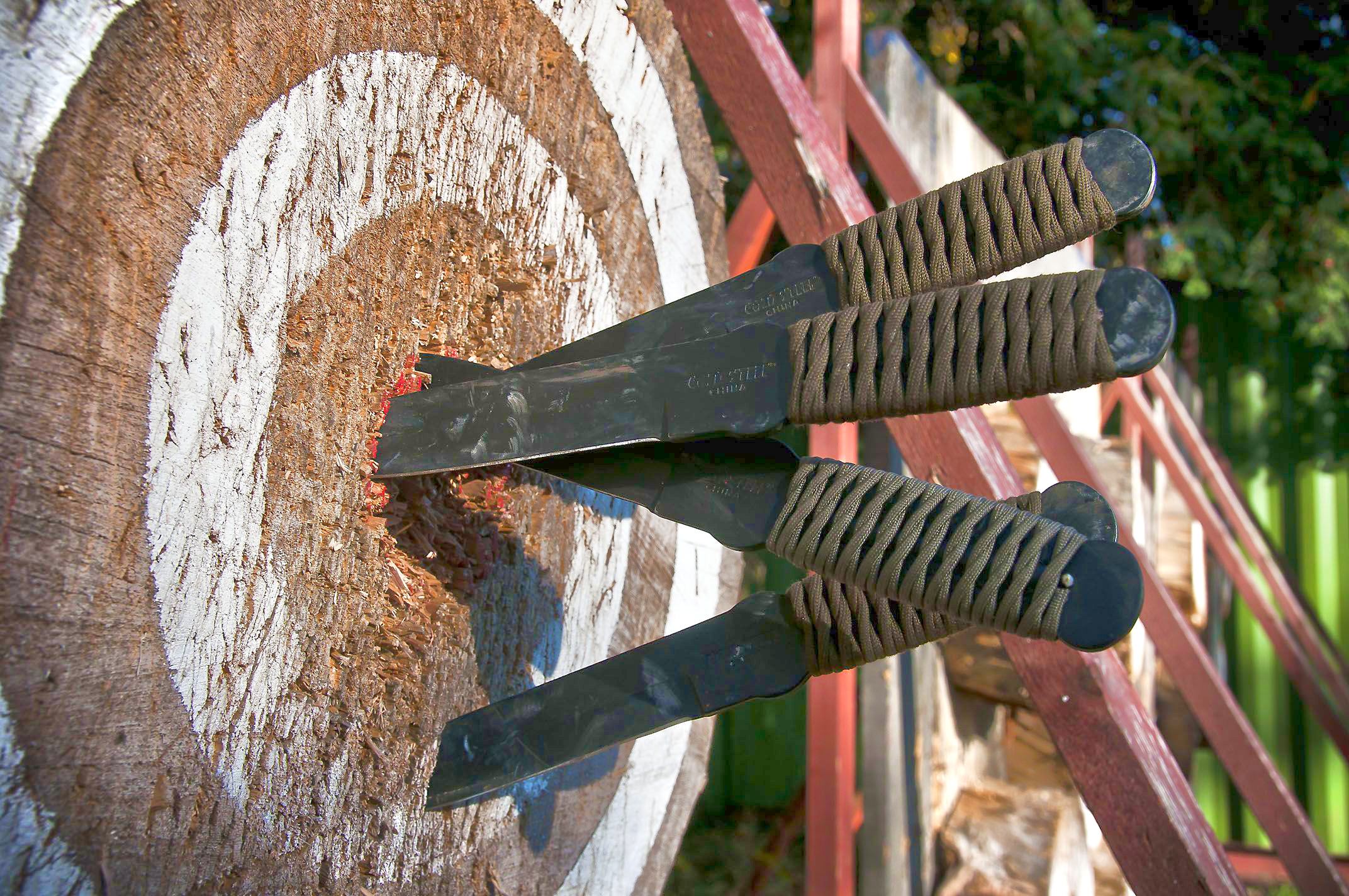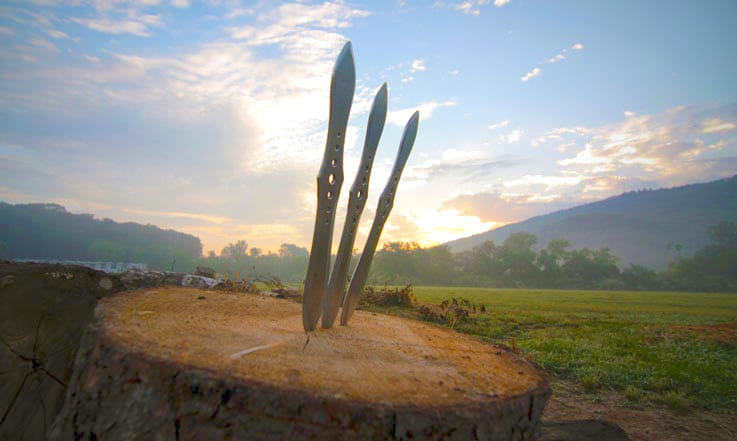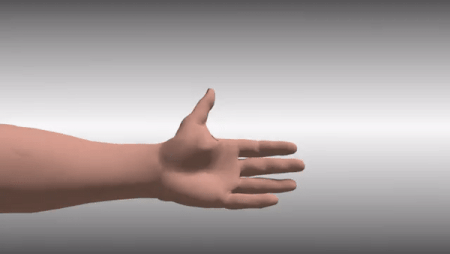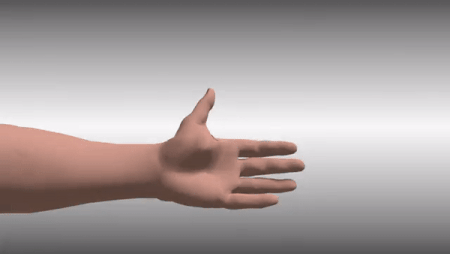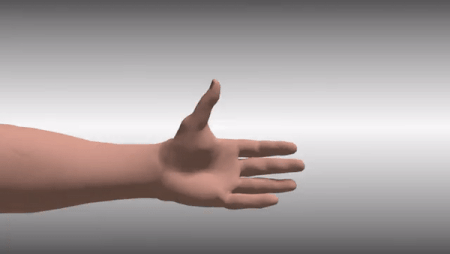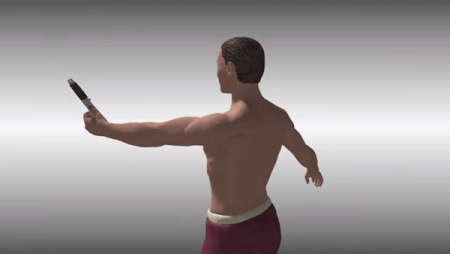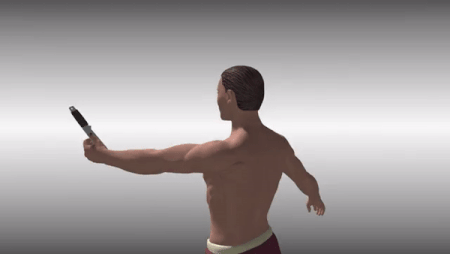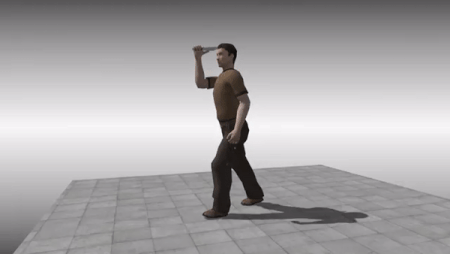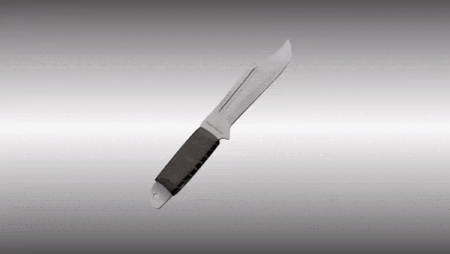Learning how to throw a throwing knife can be both an adventurous and enthusiastic hobby.
Exactly how long people have practiced the art of throwing knives is unknown. We do know it was one way that soldiers in the American Civil War passed the time in the camps.
The practice has stood the test of time and remains a sport, an art, and a means of entertainment. There are also some extraordinary individuals out there who use throwing knives to hunt.
But whatever your intentions are, it’s important to learn the basic principles of knife throwing before you give it a try. As you’ll see, with a little time and effort, it’s easy to get started.
To become an expert, however, takes a lot more.
Contents
Choosing a Throwing Knife
First, you need a knife that has been specifically designed for throwing. Some people prefer making their own knives.
This is considered an advanced aspect of the sport, as I’ll discuss in a different article.
A good throwing knife comes with the following features:
- Edges are dull.
- The point is sharp.
- Corners are rounded.
- The blade is thick enough.
- Minimal design.
- Simple handle.
- The weight is between 10-12 ounces.
- Overall knife length is no less than 8 inches long.
I advise going for simple designs with no embellishments if you’re just starting. This helps because, quite frankly, plain knives are much easier to throw.
If there are no knife stores near you, you can always opt for online shops where you will find plenty of suitable knives in all sizes and shapes and at affordable prices.
As you choose your throwing knife, remember that you’re looking for something of the proper length and weight and that will stick firmly into the target you’re aiming at.
Example knife: Hibben Gen-X GH5029
Choosing a Throwing Target
Speaking of the target, wood is best. If you’re planning to make your own, then a round section of a large log is ideal. Otherwise, you can choose one of these alternative options:
- Planks – wooden planks work well. The wider the plank, the better.
- Lumber Yards – enquire at your local lumber yard to see if you can get log scraps that are otherwise thrown away.
- Firewood Dealers – consider checking the classifieds for local firewood sources. These are sometimes free and provide a cheap solution.
- Ask friends – people cut down trees all the time. You could be someone’s problem solver.
When it comes to the best wood types, then softwoods like pine, poplar, and cottonwood top the list. Softwoods offer a good sticking surface for your knives as opposed to hardwoods such as ply or oak.
The harder surfaces can cause knives to bounce off. If you have to throw at hardwood, using smaller knives can be a good solution.
Knife Throwing Basics
Good stick and accuracy are the basic goals of knife throwing. You can perfect these skills by adjusting the distance from your preferred throwing target. The next goal is consistency.
How do you remain consistent? By practicing your throw until you become accurate. Only then should you try out other techniques and different knives to gain diversification in your throwing skills.
Body Preparation
All sporting activities call for constant practice. Knife throwing is no different. You need to watch your posture and, of course, your footing if you want to find your best throwing stance.
Here are a few pointers for the knife-throwing starters:
Keep Your Body Relaxed
Remember, you need to be relaxed, loose, and focused, all at the same time.
Start with throwing a baseball at your target and change to knives when you feel confident with the physical motion your arm makes during a throw.
Get Comfortable With Your Stance
This will help you to dispel stress rather than generate it. Stand up straight for a more accurate and better throw.
Begin by placing your left foot slightly behind with your right foot in front. Of course, you can do it the other way around if you’re a lefty.
Throwing Knife Grip
Professionals tend to develop their own grip and technique. With time, you might be able to. For now, we will consider two main gripping techniques that you can choose from a hammer grip and pinch grip.
Keep in mind that with both grips, you have to hold the knife firmly but relaxed. You don’t want the knife to be stuck in your hand nor fly out with zero control.
Hammer Grip
To perform this grip properly, first open your arm and place the handle on it. Place your four fingers around the handle.
Your thumb will be placed up, holding (gently) the side of the handle. The grip should feel like holding a hammer in your hand.
Pinch Grip: Single-Edged Blade
This grip characterizes by holding the blade with your palm and pointing the handle in the same direction as you.
First, position your arm in front of you. Place the blunt edge of the knife in your palm. Hold one side of the blade with the thumb and the other side with your fingers (except the pinky finger).
Make sure you don’t touch the sharp point of the blade. With all that set, the blade should feel like an extension to the arm if all performed properly.
Pinch Grip: Double-Edged Blade
The handle is pointed in the same direction as you, thus pointing away from you.
Hold only the tip of the blade in a precise manner: with the thumb from one side and the fingertips of the other fingers (except the pinky finger) on the other side.
This grip is more advanced. If you are just starting, I suggest you try the hammer grip first.
How to Throw the Knife
By now, we have concluded that there are two techniques of knife throwing – by the blade or by the handle. Which one you use is usually dictated by the knife.
Simply hold it in your hand and establish which end is the heaviest. Throwing the heavy end first generates more force.
Once you’ve established the grip end, use your index, middle, and ring finger to hold the knife. Your thumb should always be on the opposite side of the blade.
Have your fingers and thumb at the center of the knife, and make sure your pinky is folded into your hand.
Note that learning how to throw a knife goes beyond mastering your grip and stance. Thankfully, several techniques help you determine the exact amount of spin required to hit targets at different distances.
Learn how to throw a throwing knife by following these simple steps properly:
Make a Proper Stance
To make a proper stance, first put your non-dominant leg in front of you. It is important to place most of your weight on your dominant leg, which is behind.
If you are, let’s say, left-handed, put your right leg in front and place most of your weight on your left leg.
Raise the arm holding the knife at a specific angle, depending on the target range (discussed below).
REMEMBER to keep your head and body safe from cutting and injuries!
Knife Spin
We’ve discussed the different knife grips above. Therefore, we concluded that you could hold the knife by the handle or by the blade.
A knife held by the blade will have to make at least a half-spin to successfully land on the target. For an advanced throw, it will turn over at least one and a half times.
A knife held by the handle will have to make at least one spin before it hits the target.
Throw Range
Depending on the distance, I will cover three range of techniques:
Close Range
I consider the target to be close range if it’s less than 6 feet away.
To perform the throw correctly, significantly bend the elbow towards you (see image above). In the final momentum, the knife should be positioned slightly behind your shoulder.
Medium Range
Perform a medium-range positioning if your target is a maximum of 10-11 feet away.
Bend the elbow slightly less than the close-range movement. At the end of this movement, the knife will be positioned somewhere above your head.
Long Range
The target is considered to be long-range if the distance is more than 11 feet away.
Your elbow should be unbent, which will reduce the knife rotation and turning over (spinning) too much. Logical, since the distance is huge between you and the target.
Swing Knife Forward
First, throwing the knife starts by moving your weight from the dominant leg to the non-dominant one.
If you are left-handed, that means that you will have to move the weight from the left to the right leg.
Aligned with this move, you will have to start straightening your arm, thus creating momentum.
The arm should be moved freely. The final result will be a straight arm, placed normally in front of you.
Try to make a linear movement with the arm without creating any side angle so that the knife can move forward like a bullet.
Releasing the Knife
Once you achieved the final result in swinging the knife forward, release the knife.
Once again, the final result of swinging the knife forward will be a straight arm, placed normally in front of you.
Try to release the knife as gently and skillfully as possible, with the knife tenderly sliding from your arm.
A good knife release will ensure that the knife will start moving horizontally after the throw.
In the end, a correct throw will make your whole body to be slightly placed forward.
Keep it Safe
Safe knife throwing is mostly about common sense. Please, take the time to read these basic safety procedures:
- Never practice barefoot.
- Practice away from pets and people.
- Consider setting your target away from gas, cars, houses, grills, etc.
- Check that everyone around you is aware of what you’re doing and where.
- Pay attention and stay focused.
- Use proper equipment.
As an extra tip, I advise you to carry a file in your kit to help you remove any burrs from your knives. You’ll also need a cloth to wipe your hands and the knives, as well as tweezers for any splinters you might pick up during your practice sessions.
Wrapping It Up
Knife throwing isn’t just a great backyard hobby. It is a serious sport and ancient art. Whether you want to ramp up your throwing talents to the hunting level is up to you.
Start with the right equipment and training techniques. Observe all the safety procedures, and if you’re practicing with friends, make it an alcohol-free activity.
And remember, you’re embracing a pastime that is translatable to a survival skill that just might come in very handy one day. Enjoy it, have fun, and be safe.

Hi, my name is Michael Goodman. As a skilled hunter and a man of the field, I will show you some sophisticated, intelligent, and useful hunting methods and techniques.

